

Damion Smy
Nissan Juke EV will use Leaf platform, due in 2026 - report
13 Hours Ago
With bolder, more cohesive styling, the Dacia Duster will be offered with a choice of hybrid, mild hybrid and dual fuel drivetrains.

Journalist
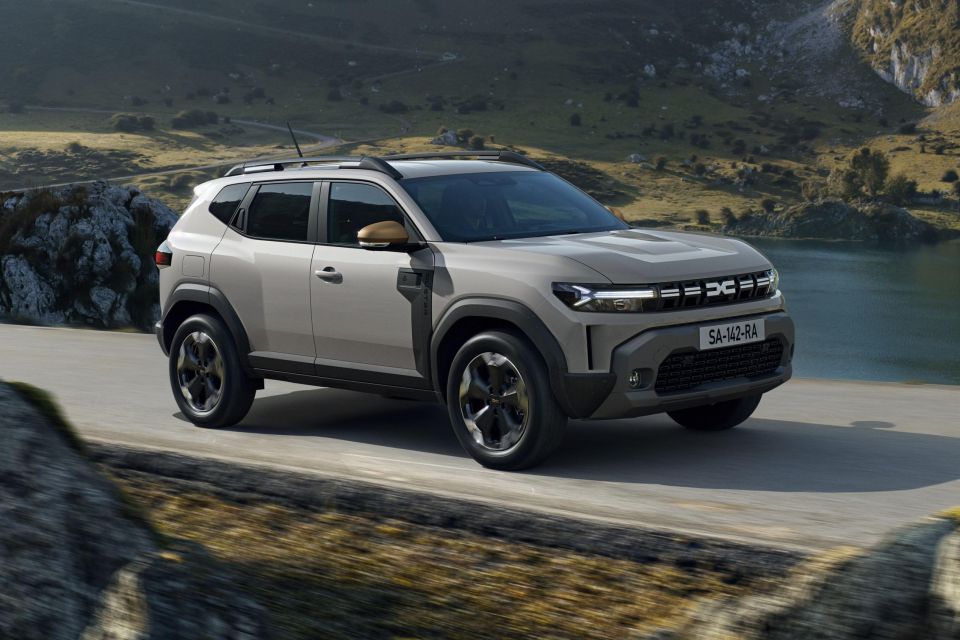

Journalist
The third-generation Dacia Duster has been revealed with more rugged styling, and the choice of two electrified drivetrains, as well as a duel-fuel option.
Measuring 4.34m long, 1.81m wide, and 1.66m tall, the new model is roughly the same size as the outgoing second-generation crossover. Despite this, Dacia claims interior space, especially leg room, has grown, and boot space has increased by about 50L to 472L.
The new Duster is the first Dacia model designed since the launch of the brand’s new logo, with the marque integrated into the crossover’s wide upper grille that flows directly into the headlight graphics. The tail lights also mimic the new logo.
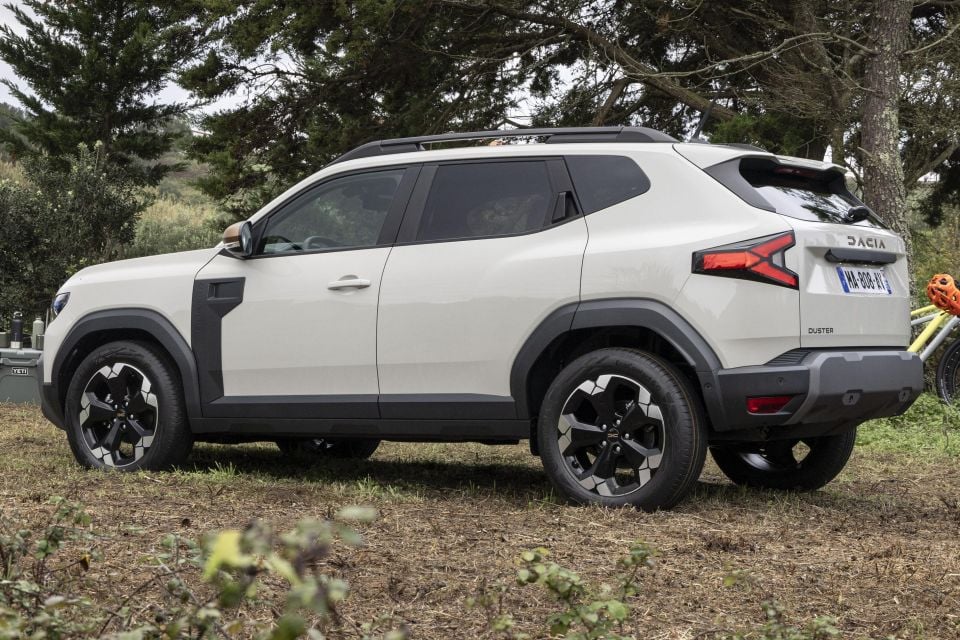
With its lightly bulging fenders, and squared-off wheel arch protectors the new Duster has a “stronger and more assertive” stance than before.
The wheel arch protectors, underbody guards, door vents, and various external trim elements are made from Starkle, a new unpainted Dacia-designed material that’s made up of 20 per cent reused polypropylene.
According to Dacia, 20 per cent of Duster’s plastic is recycled, up from 12 per cent in the previous generation. There’s also no leather or decorative chrome.
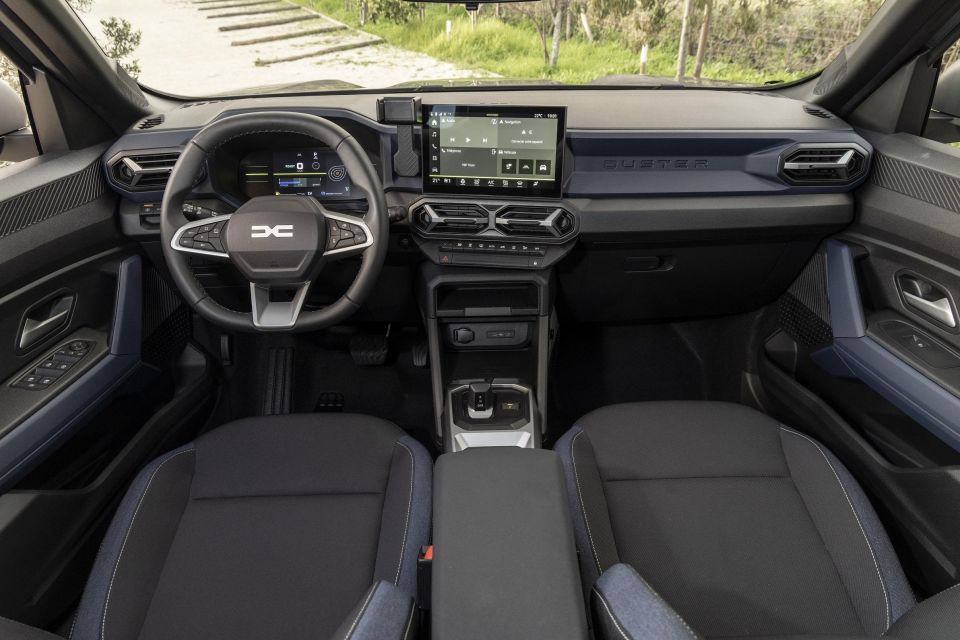
While external and internal design has a more unified, and premium look, the cabin still seems to prioritise hardiness and longevity with soft-touch plastics notable by their absence.
The new Duster moves from the old B0 platform, which dates back to the early 2000s, to a “low specification” version of Renault-Nissan-Mitsubishi Alliance’s CMF-B architecture that also underpins the latest Dacia Logan, Jogger and Sandero.
At launch there will be three drivetrains available in Europe. The least powerful option is the six-speed manual dual-fuel ECO-G 100, which has a 1.0-litre turbocharged three-cylinder engine fed by either a 50L petrol tank or a 50L LPG tank that the driver can switch between via a dashboard switch.
When using petrol the 1.0-litre engine produces 67kW and 160Nm, but switch over to LPG and the engine produces 75kW/170Nm.
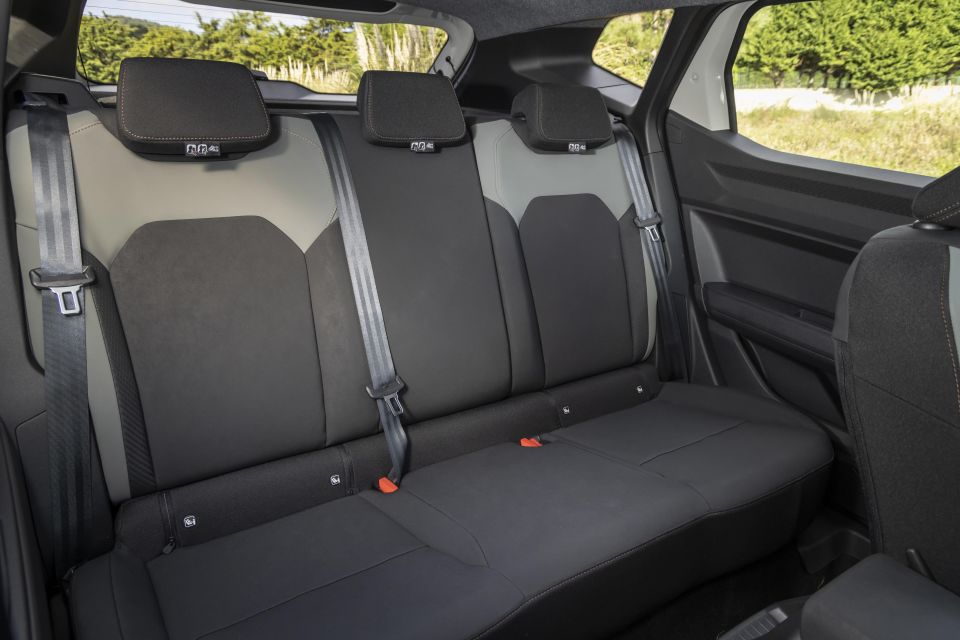
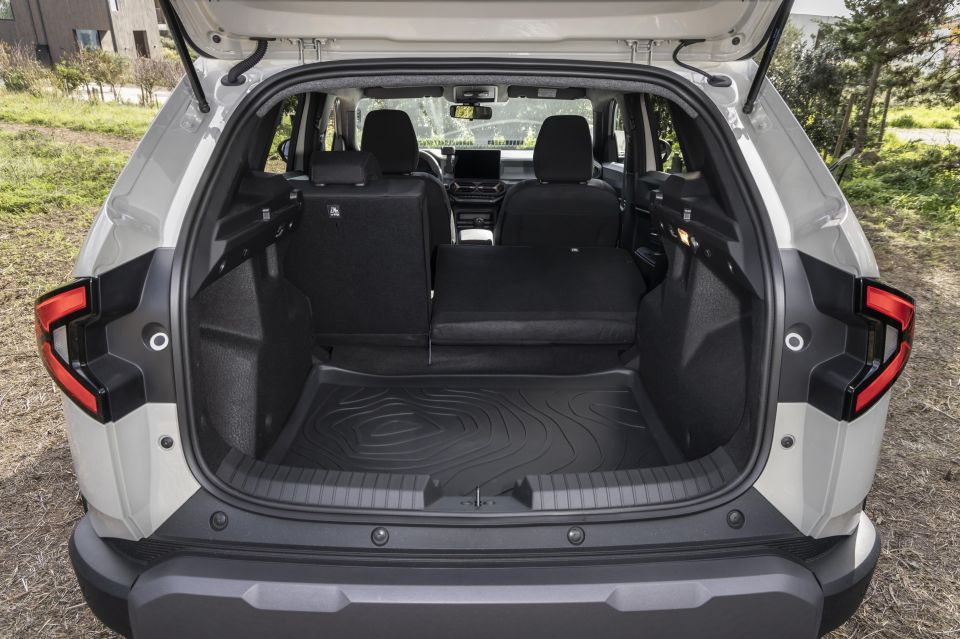
The TCe 130 is likewise only available with a six-speed manual transmission, but can be specified in both front- and all-wheel drive. The all-wheel drive model has 8mm more ground clearance for a total of 217mm, an approach angle of 31 degrees, and departure angle of 36 degrees.
This mild-hybrid drivetrain has a 1.2-litre turbocharged three-cylinder Miller cycle petrol engine paired with a 48V electric motor and a 0.8kWh battery.
The most powerful option is the Hybrid 140, which has a 70kW 1.6-litre four-cylinder petrol engine, a 37kW electric motor, a high-voltage starter generator, and a 1.2kWh battery pack.
It is also the only drivetrain that doesn’t require the driver to shift their own gears, thanks to an electric automatic transmission with four engine ratios and two electric motor ratios.
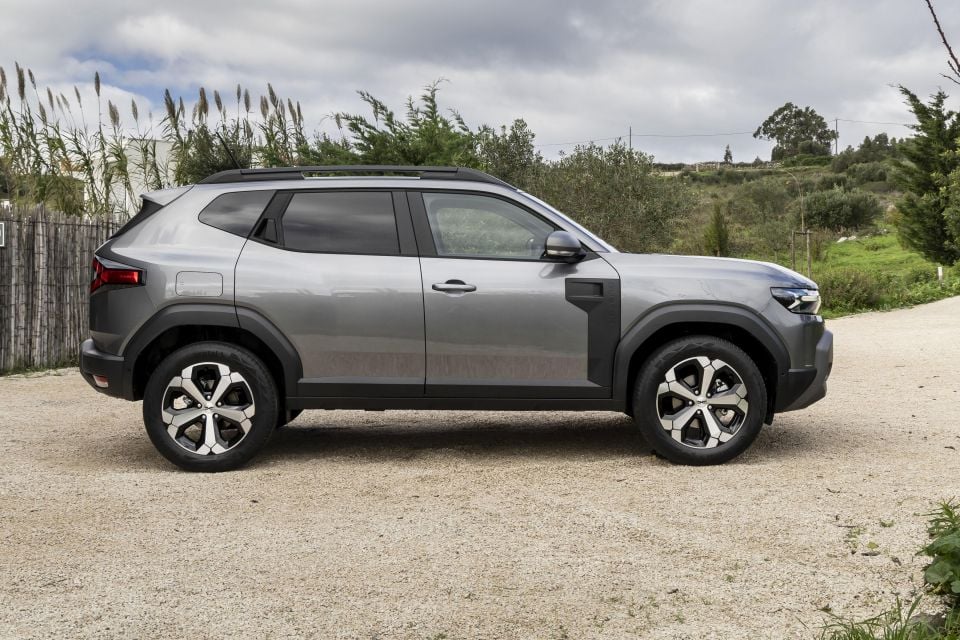
With Europeans no longer in favour of diesel, there are compression ignition engines in the new Duster’s lineup.
In the base Essential model there’s a four-speaker sound system with steering wheel controls, Bluetooth connectivity, a USB port, a 3.5-inch display in the instrumentation cluster, and an integrated smartphone stand in the dashboard.
Other standard features at this level include six airbags, fixed roof bars, and rear parking sensors.
Step in to the mid-range Expression, and the dashboard comes adorned with a 10.1-inch touchscreen supporting over-the-air updates, plus two USB-C ports, and support for Android Auto and Apple CarPlay smartphone mirroring.
Standard features at this level extend to a 7.0-inch digital instrumentation display, 17-inch wheels, and a reversing camera.
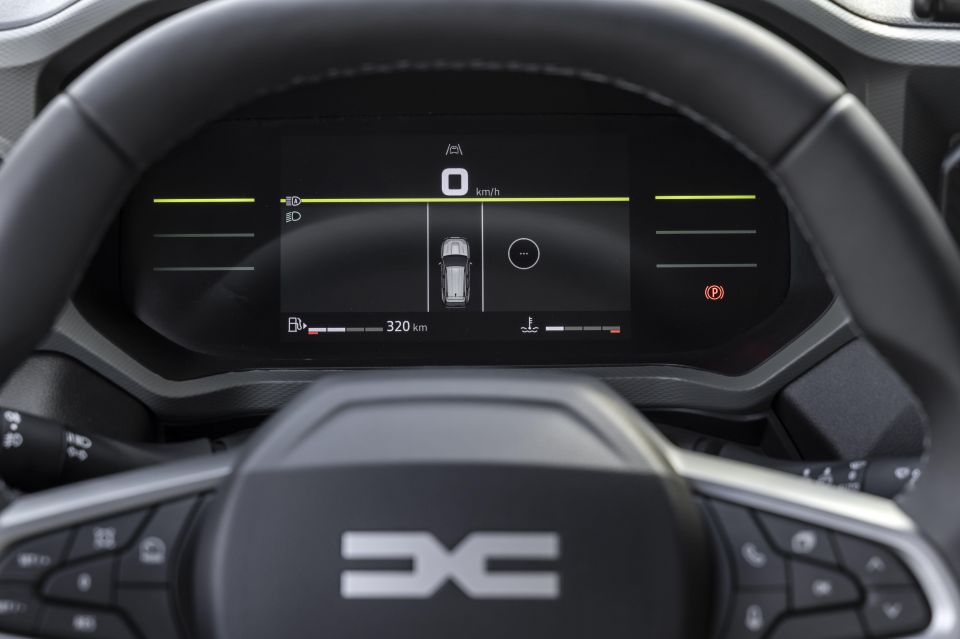
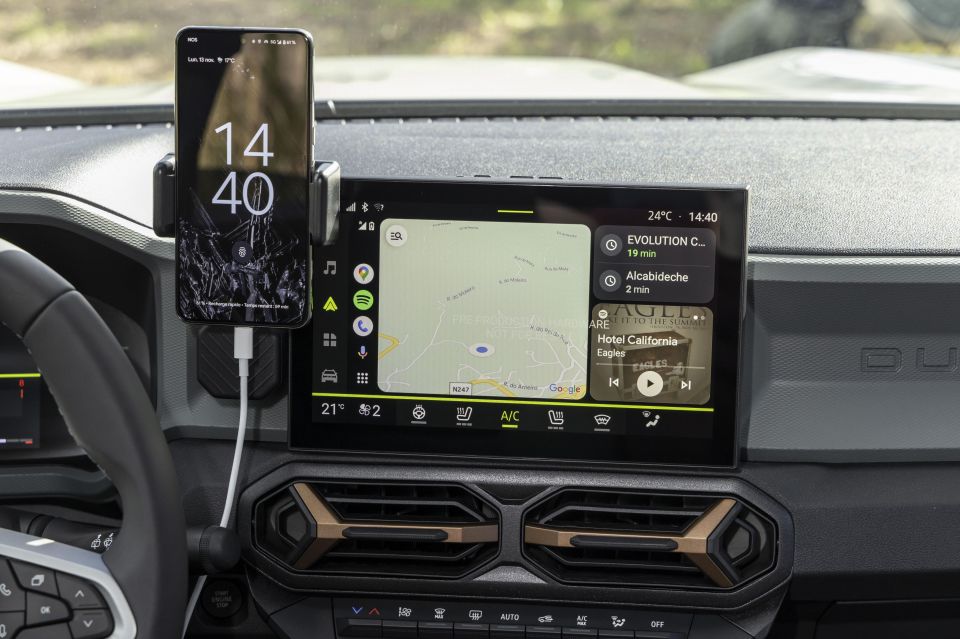
Above this sits two equally priced top-grade models: the off-road themed Extreme, and the more luxurious and understated Journey.
The Extreme has washable TEP MicroCloud upholstery, rubber floor and boot mats, modular roof bars, built-in navigation, hands-free entry, electric wing mirrors, and copper brown exterior and interior highlights.
Meanwhile the Journey has 18-inch alloy wheels, wireless smartphone charging, built-in naivgation, a six-speaker Arkamys 3D sound system, keyless entry and start, and an electric parking brake.

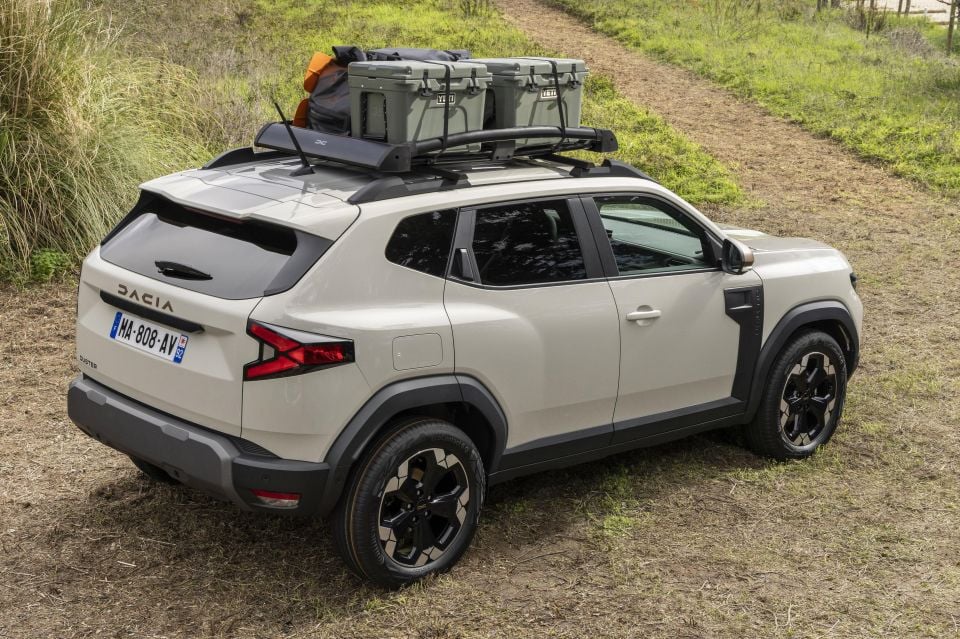
Dacia will offer a whole host accessories for the new Duster including roof trays, coat hooks, a multifunction cup holder/bag hook/movable light, and a fold out bed with storage space underneath.
Pricing has yet to be announced for the new Duster. While there is expected to a small increase, Dacia has stated it will still be the “best value for money in its segment”.
Starting prices are expected to still be below €20,000 ($33,000) in Europe, and well under £20,000 ($38,000) in the UK.
Launched in 2009, some 2.2 million Dusters have been sold worldwide. European-spec models are built at the company’s factory in Pitesti, Romania.

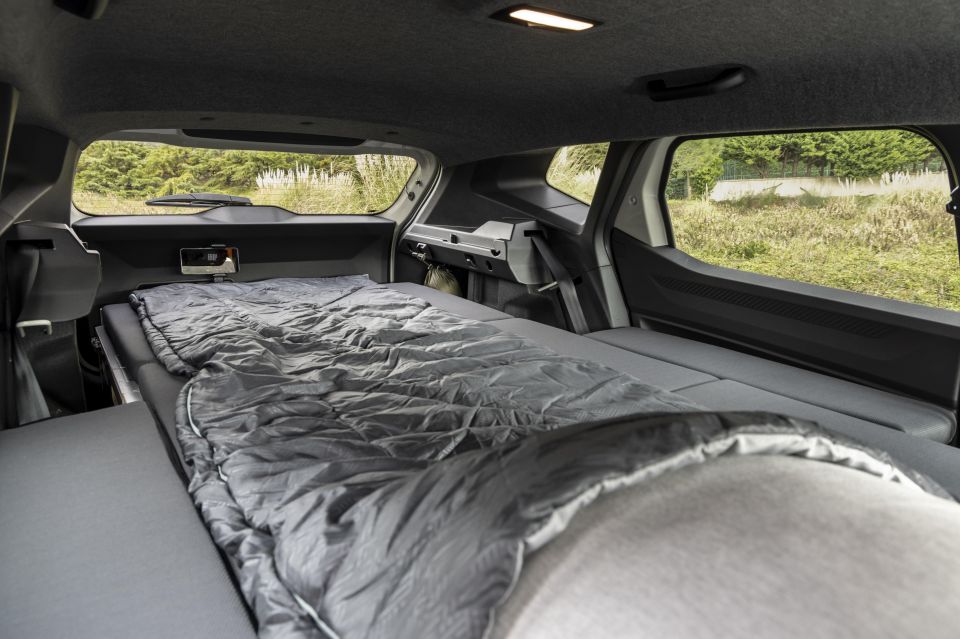
Renault’s Australian distributor is looking to bring the Duster to Australia from 2025 badged as a Renault.
With a few styling tweaks, the current Duster is currently sold in Latin America, South Africa, India and other markets under the Renault brand.
Click on any of the above images for the full gallery.
MORE: Everything Dacia Duster
Derek Fung would love to tell you about his multiple degrees, but he's too busy writing up some news right now. In his spare time Derek loves chasing automotive rabbits down the hole. Based in New York, New York, Derek loves to travel and is very much a window not an aisle person.


Damion Smy
13 Hours Ago


Damion Smy
16 Hours Ago


Damion Smy
20 Hours Ago


Damion Smy
21 Hours Ago


Damion Smy
21 Hours Ago


Damion Smy
22 Hours Ago